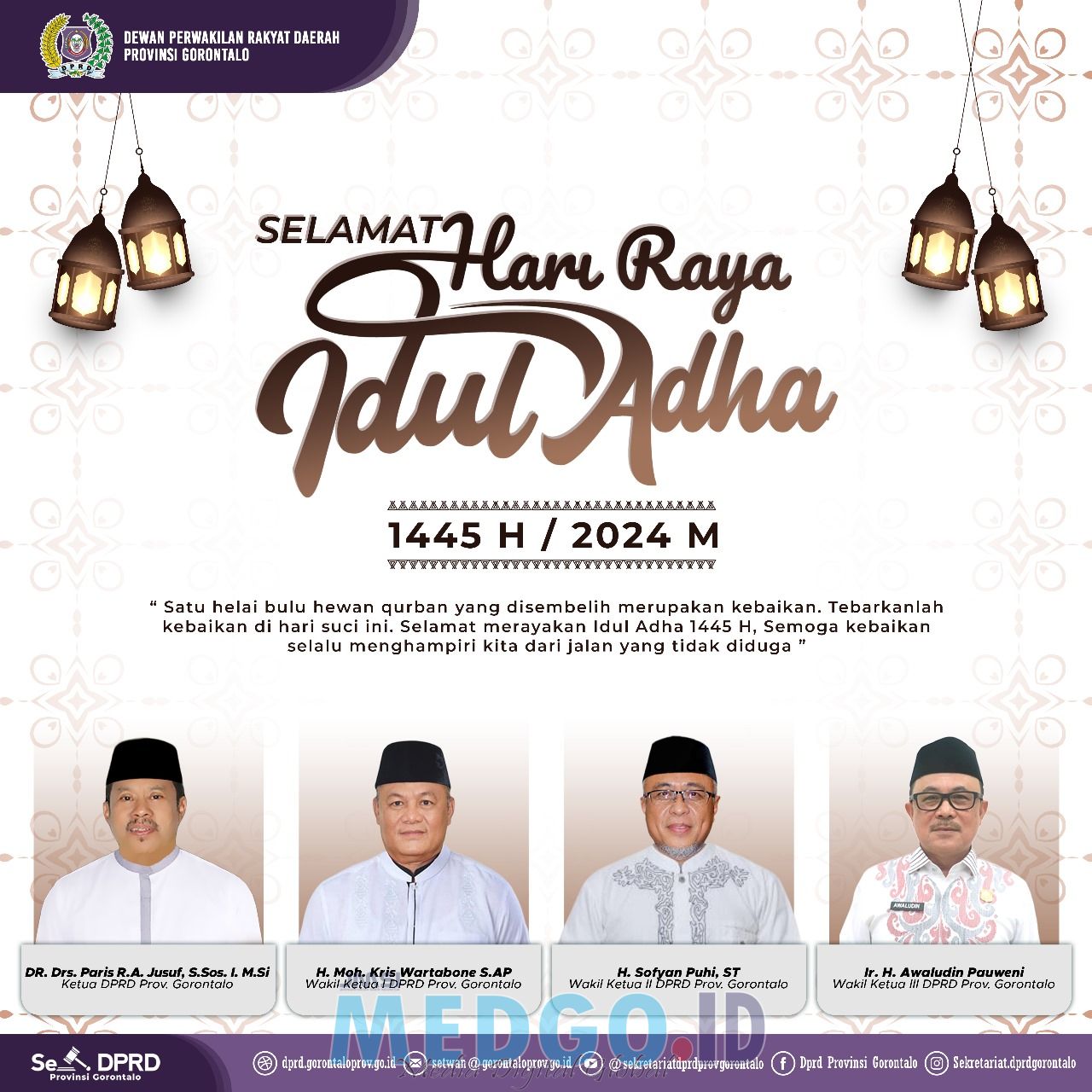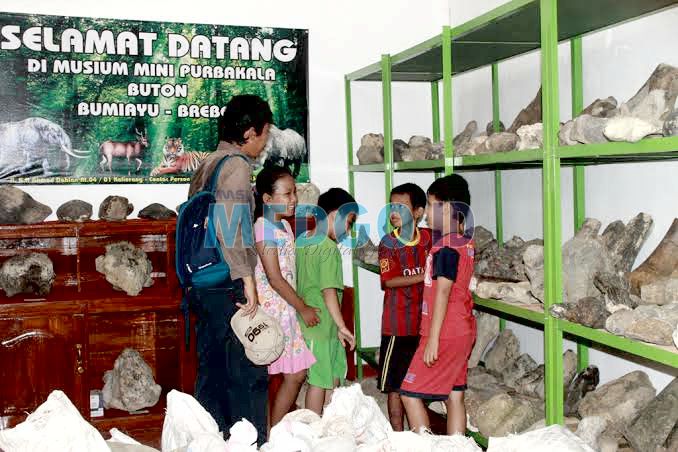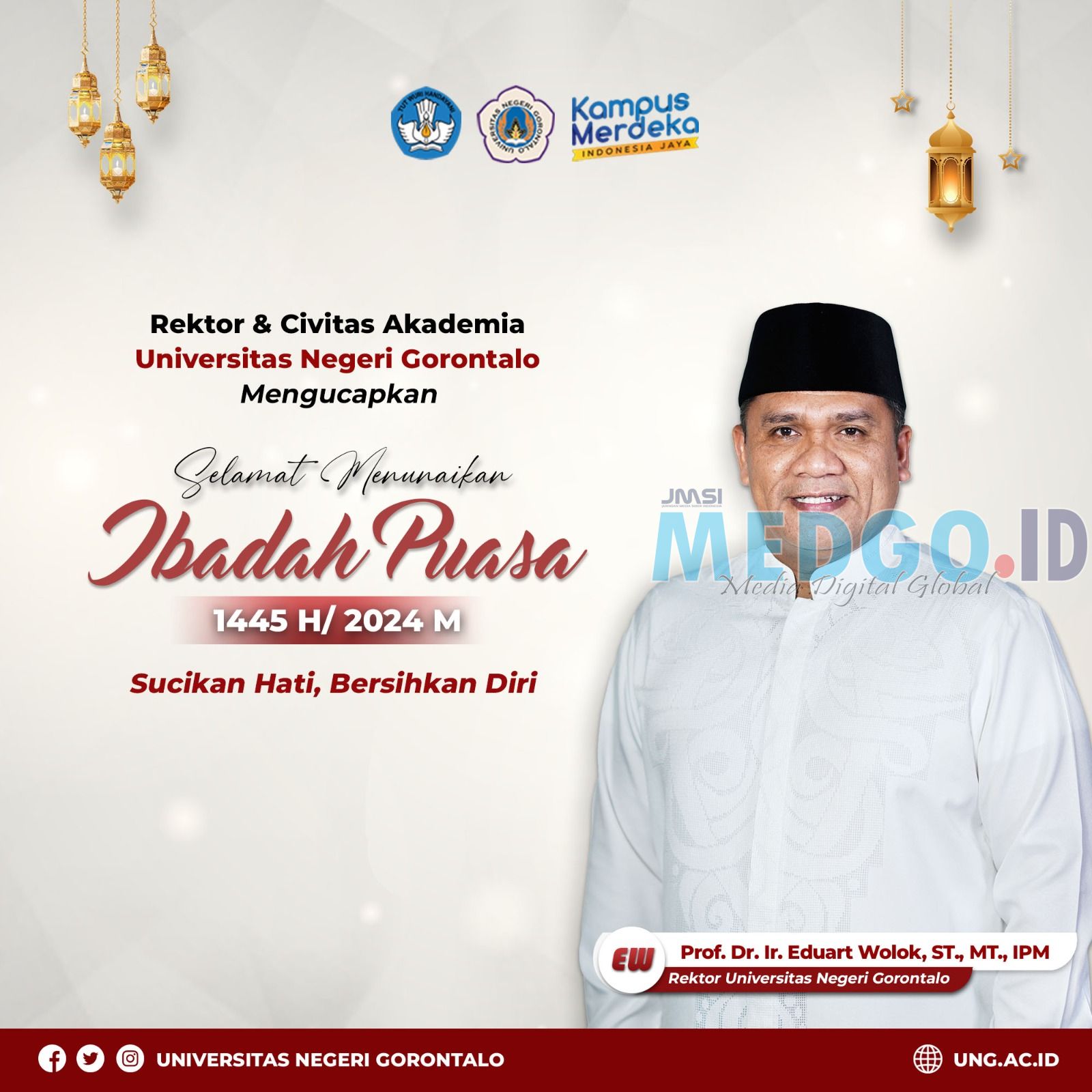Brebes, MEDGO.ID – Brebes Regency is one of the districts in Central Java Province. In the west it is bordered by Cirebon Regency, West Java, in the east by Tegal Regency and Tegal City, in the south by Banyumas Regency and Cilacap Regency. Therefore, Brebes Regency has a uniqueness that other regions do not have.
Brebes Regency has an area of 1,769.62 km², the second largest in Central Java after Cilacap Regency. The total population based on the results of the 2020 Indonesian Population Census is 1,978,759 people, as the regency with the most population in Central Java.
The people of Brebes Regency who live on the border of West Java Province, in their daily life use two regional languages, namely Sundanese and Ngapak Javanese.
One of them is the people of Pangarasan Village, where in their daily lives the people of Pangarasan Village use Sundanese and Ngapak Javanese.

Of course, this is a wealth and diversity and uniqueness that has extraordinary appeal and has the potential to be developed into a tourist destination or cultural tourism destination.
In Galuhtimur Village, ancient temples and ancient human fossils of Homo erectus Arkaik were found
Galuhtimur Village is one of the villages in Brebes Regency which is included in the Tonjong District.
In 2019, in Galuhtimur Village, precisely in Kalipucung Hamlet, an ancient temple was discovered, which the Yogyakarta Archeology Center assessed as a special finding because the ancient temple building, place of worship and the well were thought to have been built before the Hindu era.
This is reinforced by the discovery of many materials in the form of stones, bricks, and statues of guards, as well as 12 pedestals. The material is part of the temple measuring 12 x 12 square meters facing east.
Now the location of the discovery of the temple has begun to be visited by domestic tourists who are curious to see the findings of the temple.
The temple building was first discovered by the people of Galuhtimur Village and will be investigated further by the Yogyakarta Archaeological Center.
In addition to the discovery of the temple, in 2017, precisely in the Cisaat River, fossilized parts of the Archaic Homo Erectus have also been found in the form of a skull, jawbone and tooth roots, which archaeological researchers estimate to be 1.5 million years older from Homo Erectus in Sangiran, Sragen Regency.
Didit Hadi Barianto, Researcher from Gajah Mada University Yogyakarta, said that the Bumiayu-Tonjong (Buton) site covers three sub-districts, namely Bumiayu, Tonjong and Bantarkawung sub-districts.
The area covers six rivers including the Pemali River, Glagah River, Bodas River, Cisaat River and Gintung River.
According to Didit Hadi Barianto, the Buton Site is very suitable to be used as a geopark, considering the discovery of Homo erectus Arkaik which is world class, because Homo erectus has only been discovered in five countries, and one of them is in Bumiayu and Tonjong. (*17).





